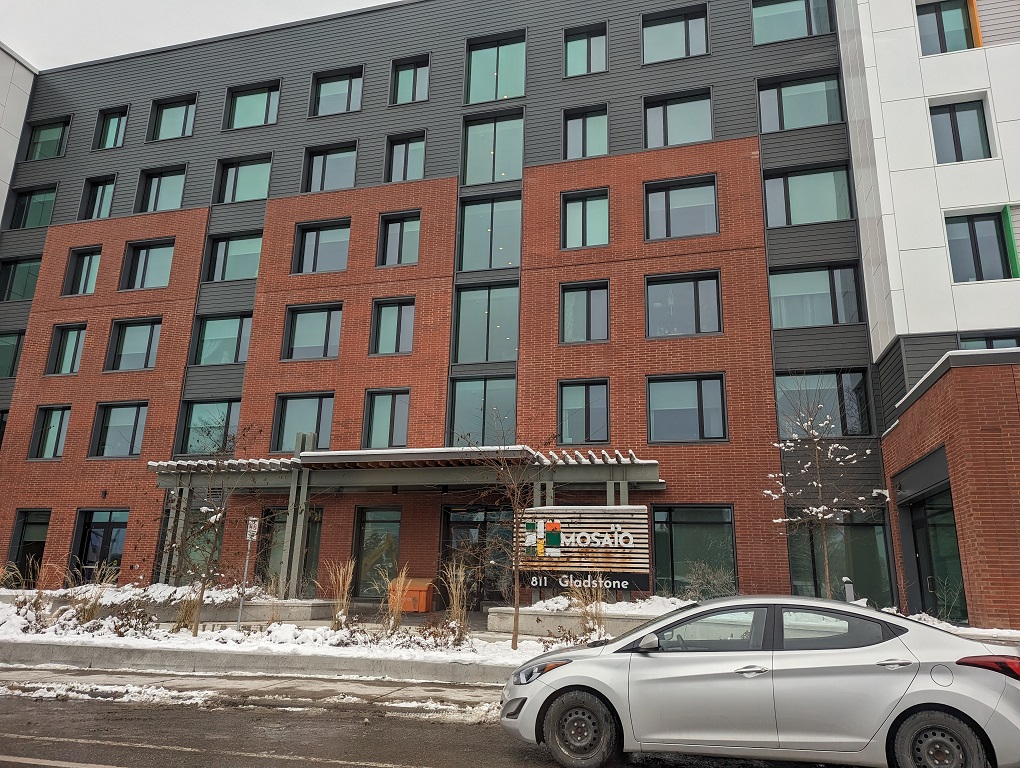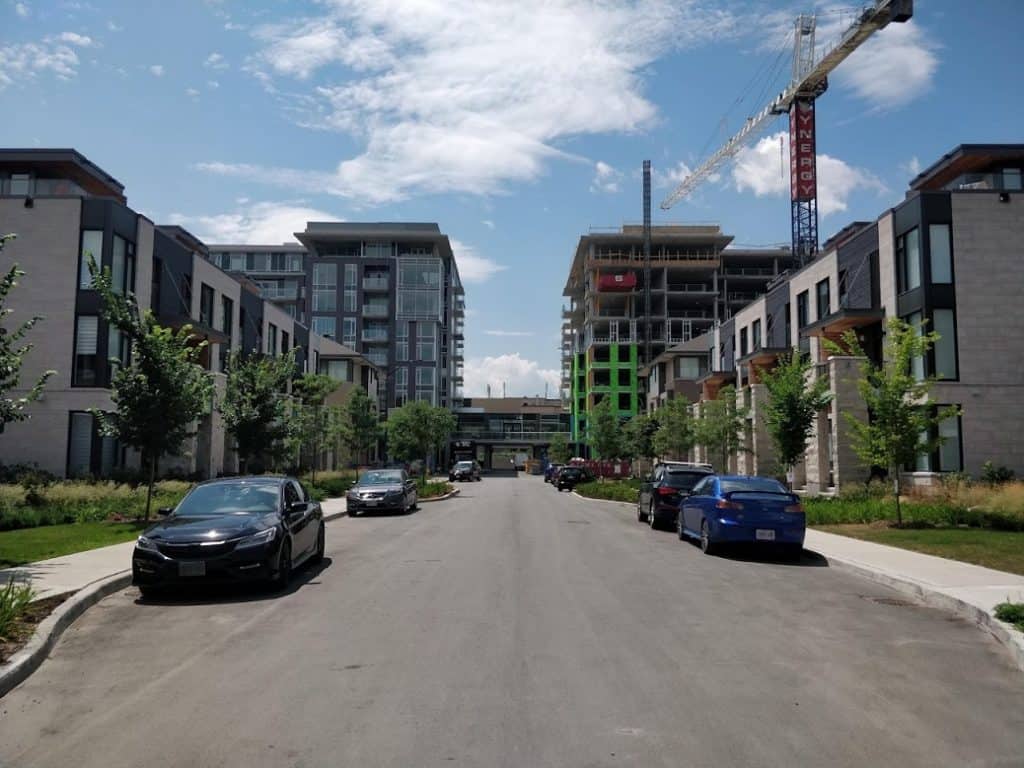In recent years, the global economy has witnessed a significant phenomenon: the diminishing of purchasing power. This trend, characterized by a decrease in the value of money relative to the goods and services it can buy, has far-reaching implications across various sectors, notably in real estate. As we delve into the complexities of this era, understanding how diminishing purchasing power affects real estate becomes crucial for investors, buyers, and industry professionals alike. This article aims to unravel the intricate relationship between purchasing power and the real estate market, offering insights into the challenges and opportunities that arise. We will explore the direct impacts on the real estate sector, strategize for potential buyers and investors, forecast long-term trends, and provide guidance for real estate professionals in adapting to these changing dynamics. Navigating the real estate landscape in an era of diminishing purchasing power requires a nuanced understanding of economic indicators and market trends. Join us as we embark on this journey, equipping you with the knowledge to make informed decisions in a transforming market.

Diminishing Purchasing Power
In the context of real estate, understanding the concept of diminishing purchasing power is crucial. This phenomenon occurs when the value of currency weakens, causing a reduction in the quantity or quality of goods and services that can be purchased with a given amount of money. It’s a scenario often linked with inflation, where the cost of living rises while the currency’s buying power declines.
- Economic Factors Leading to Diminishing Purchasing Power: Various factors contribute to this decline in purchasing power. These include inflationary pressures, changes in interest rates, and global economic shifts. For instance, when inflation rates outpace wage growth, individuals find their money doesn’t stretch as far as it used to, impacting their ability to make significant purchases such as real estate.
- Historical Context and Relevance: Historically, periods of diminished purchasing power have had a noticeable impact on real estate markets. During such times, real estate has often been viewed as a safer investment compared to volatile stock markets, as property can offer a tangible asset that potentially appreciates over time.
- Consumer Behavior in the Face of Diminishing Purchasing Power: Consumers’ behavior changes significantly under these circumstances. Potential homebuyers might become more cautious, opting to save or wait for market stabilization. This shift in consumer sentiment can lead to decreased demand in the housing market, impacting prices and availability.
- The Ripple Effect on Real Estate: The ripple effect of diminishing purchasing power is evident in various aspects of the real estate sector. This includes changes in home prices, rental market dynamics, and the overall health of the real estate economy. For instance, as purchasing power decreases, some markets might see a slowdown in sales, while others could experience a surge in demand for more affordable housing options.
- Global Perspective: It’s important to note that diminishing purchasing power is not confined to a single region but is a global issue. Different countries and regions experience this phenomenon differently, influenced by their unique economic structures and policies.
By understanding these fundamental aspects of diminishing purchasing power, we can better grasp its implications in the real estate sector. This knowledge is essential for navigating the challenges and identifying the opportunities that arise in the real estate market during such economic conditions.

The Direct Impact on Real Estate Markets
Diminishing purchasing power directly influences the real estate sector in several critical ways. This part of the article will explore the multifaceted impact of weakened buying power on real estate markets, touching on price dynamics, investment patterns, and market accessibility.
- Impact on Housing Prices: One of the most immediate effects of diminishing purchasing power is its impact on housing prices. Inflation and higher living costs can lead to increased property prices, making it challenging for average buyers to afford homes. However, this trend can vary based on location and market conditions.
- Changes in Investment Dynamics: Investors often turn to real estate as a hedge against inflation, viewing properties as stable assets that can retain value even as purchasing power declines. This shift can lead to increased investment in certain real estate sectors, such as residential or commercial properties, depending on the perceived long-term value.
- Accessibility Challenges for First-Time Buyers: For first-time homebuyers, diminishing purchasing power presents significant barriers. Rising property prices, coupled with stagnant wages, can widen the gap between affordability and the dream of homeownership. This disparity may lead to changes in homebuyer demographics and delay property ownership for many.
- Rental Market Effects: The rental market is not immune to the effects of diminishing purchasing power. As more individuals find it challenging to purchase homes, the demand for rental properties can increase, leading to higher rents. This situation can create a challenging environment for renters, particularly in high-demand urban areas.
- Regional Variations and Global Impacts: The impact of diminishing purchasing power on real estate is not uniform across all regions. While some areas may see a surge in prices, others might experience a stagnation or even a decrease, depending on local economic conditions and housing policies. Internationally, these effects are equally varied, influenced by each country’s economic health and monetary policies.
These direct impacts is essential for anyone involved in the real estate sector. Whether you are a buyer, investor, or industry professional, being aware of these trends can help in making more informed decisions and adapting strategies to the evolving market conditions.
Strategies for Buyers and Investors
In an era of diminishing purchasing power, buyers and investors in the real estate market need to adapt their strategies to navigate these challenging times effectively. This section will provide actionable insights and tactics for those looking to make informed decisions in the real estate sector.

- Adopting a Long-Term Perspective: It’s crucial for both buyers and investors to adopt a long-term view when it comes to real estate investments. Real estate should be seen as a long-term asset, especially in times of economic uncertainty. This perspective can help in weathering short-term fluctuations in the market.
- Leveraging Low-Interest Rates: If interest rates are low, it can be an opportune time for buyers to secure mortgages at more favorable terms. This approach can help offset some of the impacts of diminishing purchasing power, making real estate investments more accessible.
- Diversifying Investment Portfolios: Investors should consider diversifying their real estate portfolios to include a mix of property types and locations. Diversification can mitigate risk and provide a buffer against market volatility in specific sectors or regions.
- Exploring Alternative Financing Options: Buyers and investors might need to look beyond traditional financing methods. Exploring options like real estate investment trusts (REITs), crowdfunding platforms, or joint ventures can provide alternative pathways to property ownership and investment.
- Staying Informed and Agile: The real estate market is dynamic, and staying informed about market trends, economic indicators, and policy changes is vital. Flexibility and the ability to adapt to changing conditions can be key differentiators for success in a market affected by diminishing purchasing power.
By employing these strategies, buyers and investors can better position themselves to make sound decisions in the real estate market. It’s about balancing risk, seizing opportunities, and being prepared to adapt to an ever-changing economic landscape.
Long-Term Trends and Predictions
The real estate market, like any other sector, is subject to long-term trends and predictions, especially in the context of diminishing purchasing power. This section aims to provide a forward-looking perspective, analyzing how current trends may shape the future of the real estate landscape.

- The Shift Towards Affordable Housing: One significant trend is the increasing demand for affordable housing. As purchasing power diminishes, more people are likely to seek cost-effective living options, potentially leading to a surge in the development of affordable housing units.
- Technological Integration in Real Estate: The future of real estate is also intertwined with technology. From virtual property tours to AI-driven market analysis, technology is set to play a pivotal role in transforming how real estate transactions are conducted and how properties are managed.
- Sustainable and Green Real Estate: There’s a growing emphasis on sustainability in the real estate sector. Eco-friendly homes and green building practices are becoming more prevalent, driven by environmental concerns and the desire for energy-efficient living spaces.
- Changing Demographics and Buyer Preferences: Demographic shifts, such as an aging population and the rise of remote work, are likely to influence real estate trends. These changes can lead to different buyer preferences, like the desire for homes with office spaces or properties in less urbanized areas.
- Global Economic Influences: The real estate market doesn’t operate in isolation; it’s influenced by global economic trends. Factors like international trade policies, foreign investment patterns, and global financial stability will continue to play a crucial role in shaping the real estate landscape.
These long-term trends and predictions offer a glimpse into the future of real estate. Understanding these trends can help buyers, investors, and professionals prepare for what lies ahead, adapting their strategies to meet the challenges and opportunities of tomorrow’s market.
Understanding the Depth of Ottawa’s Affordable Housing Crisis
The study spearheaded by Steve Pomeroy of Carleton University brings to light a critical issue facing Ottawa’s real estate landscape – the stark loss of affordable housing. This troubling trend is characterized by a shocking ratio: for every single unit of affordable housing constructed, an astounding 31 units are lost. This disparity is primarily due to soaring rents, renovations, or demolitions, painting a grim picture of the affordable housing sector’s current state.

Rising Rents and Policy Implications
A major factor contributing to this loss is the significant increase in rental costs, especially in older housing units. Apartments and rooms that were once affordable, particularly those built during the 1960s and 70s, have seen rents skyrocket, often following the departure of long-term tenants. This shift aligns these previously affordable units with the current, much higher market rates, effectively reducing the stock of low-cost housing options. Compounding this issue are policy changes like the 2018 rollback of rent control in Ontario. This measure, intended to incentivize the construction of new rental units, has inadvertently led to further rent hikes, exacerbated by the pandemic’s economic impact, supply chain issues, and a surge in immigration to Ottawa.
Short-Term Rentals and Enforcement Challenges
The influence of the short-term rental market, particularly platforms like Airbnb, also plays a role in this crisis. Despite regulations to curb this practice, enforcement remains a significant challenge. This lack of effective control contributes to the diminishing availability of long-term, affordable rentals, further straining the housing market for residents in need of stable and reasonably priced accommodations.
Municipal Efforts and the Need for Holistic Solutions

In response, the city of Ottawa has ramped up its efforts, allocating more funds for affordable housing and embarking on ambitious projects like the Mosaiq complex and Gladstone Village development. However, these initiatives, while commendable, are somewhat overshadowed by the rapid loss of existing affordable units. This scenario underscores the need for a holistic approach that not only focuses on constructing new housing but also on preserving and maintaining existing affordable units. It’s a complex challenge that requires a concerted effort from government bodies, community organizations, and private sector players.
The Bigger Picture: National Trends and Strategies
Ottawa’s situation is a microcosm of a larger, national issue. Cities across Canada are grappling with similar challenges in their affordable housing sectors. The Ottawa study’s findings highlight the urgent need for a comprehensive national housing strategy. Such a strategy should balance the construction of new affordable housing with the preservation of existing units, ensuring accessibility for all citizens. This balanced approach is vital for creating sustainable and inclusive urban communities where affordable housing is not just a policy goal but a tangible reality for those in need.
Navigating the Affordable Housing Challenge
The affordable housing crisis in Ottawa, as revealed by the Carleton University study, is a stark reminder of the complexities and challenges facing urban housing markets today. This situation is not unique to Ottawa but reflects a broader trend across many cities in Canada and beyond. The findings underscore a critical need for an integrated approach to address the housing affordability issue, one that goes beyond simply increasing supply.
Collaborative and Innovative Approaches Needed

Solving the affordable housing crisis requires a collaborative effort that involves not just government bodies, but also private developers, non-profit organizations, and community groups. Innovative solutions, such as mixed-use developments, adaptive reuse of existing buildings, and public-private partnerships, can play a pivotal role in creating more affordable housing options.
Policy Measures and Long-Term Strategies
Effective policy measures are also crucial. These should include maintaining and enhancing rent control regulations, offering incentives for the preservation of existing affordable units, and implementing stricter regulations on short-term rental markets. Moreover, long-term strategies must be developed that take into account demographic shifts, economic changes, and future urban planning needs.
A Call for National and Local Action
The situation in Ottawa serves as a call to action for both national and local governments to prioritize affordable housing as a key element of urban policy. It’s not just about building more houses; it’s about building communities where people of all income levels have access to safe, decent, and affordable homes.
Creating Sustainable Urban Communities
Ultimately, the goal should be to create sustainable, inclusive urban communities where affordable housing is woven into the fabric of city life. This vision requires a steadfast commitment to understanding and addressing the varied needs of urban populations, ensuring that everyone, regardless of their economic standing, has a place to call home.
